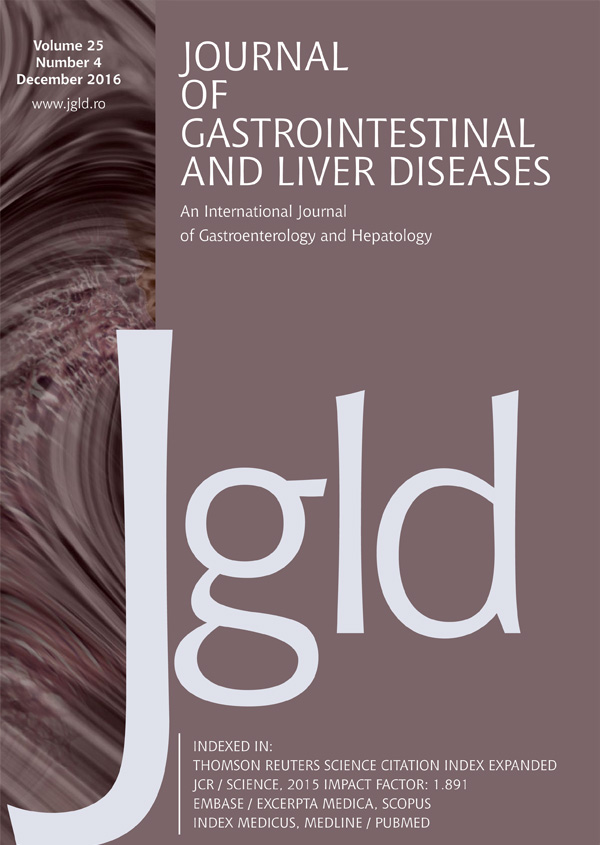Association of Enteric Protist Blastocystis spp. and Gut Microbiota with Hepatic Encephalopathy
DOI:
https://doi.org/10.15403/jgld.2014.1121.254.yizKeywords:
Blastocystis, hepatic encephalopthy, minimal hepatic encephalopathy, gut microbiota, liver cirrhosisAbstract
Background & Aims: Hepatic encephalopathy (HE) is a serious neuropsychiatric sequela emerging in the advanced stages of cirrhosis. The gut microbiota plays an important role in the development of HE. The aim of the study was to analyze the dynamic interplay between microbiota and Blastocystis in cirrhotic patients with or without encephalopathy.
Methods: The study was designed as cross-sectional study. A total of 37 patients from the Ankara city, admitted to the University Hospital within a 6-month period prior to enrolment into the study were included in the study. After the regular health checks, clinical histories, clinical examinations, and Psychometric HE Score (PHES) points, patients’ MELD and CTP scores were recorded. The fecal microbiota configurations were characterized by targeting hypervariable regions V3 and V4 of the 16S rRNA gene using Illumina MiSeq System.
Results: Blastocystis spp. were detected in 21.6% (n = 8) of all cirrhotic patients. When those were analyzed by subgroups, four of them were subtype 2, three were subtype 3 and one was subtype 1. Blastocystis spp. were not found in any of the patients with HE; however, they were detected in 38.1% of the patients without HE. Also the increase in the bacterial diversity was observed along with the absence of Blastocystis. It was suggested that there was an inverse relationship between Blastocystis spp. and advanced stages of HE and the structure and composition of gut microbiota.
Conclusion: The absence of Blastocystis spp. is associated with the HE severity and dysbiosis in the gut microbiota.
Abbreviations: Bl: Blastocystis; CTP: Child-Turcotte-Pugh; DNA: deoxyribonucleic acid; HE: hepatic encephalopathy; IBD: inflammatory bowel disease; IBS: irritable bowel syndrome; MELD: Model for End Stage Liver Disease; MHE: Minimal hepatic encephalopathy; NASH: Non-alcoholic steatohepatitis; PBC: Primary Biliary Cirrhosis; PCR: Polymerase Chain Reaction; PHES: Psychometric Hepatic Encephalopathy Score; rRNA: ribosomal ribonucleic acid.


